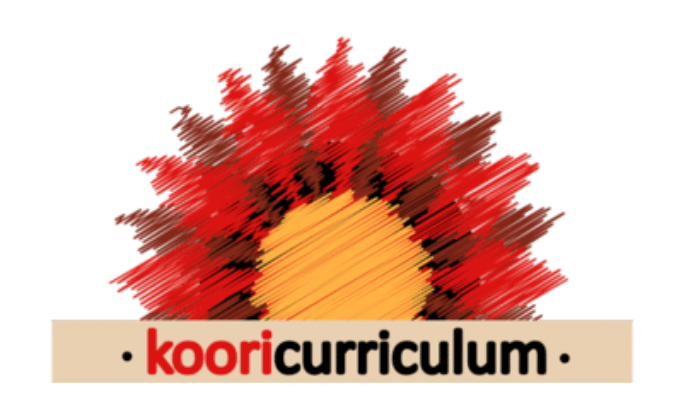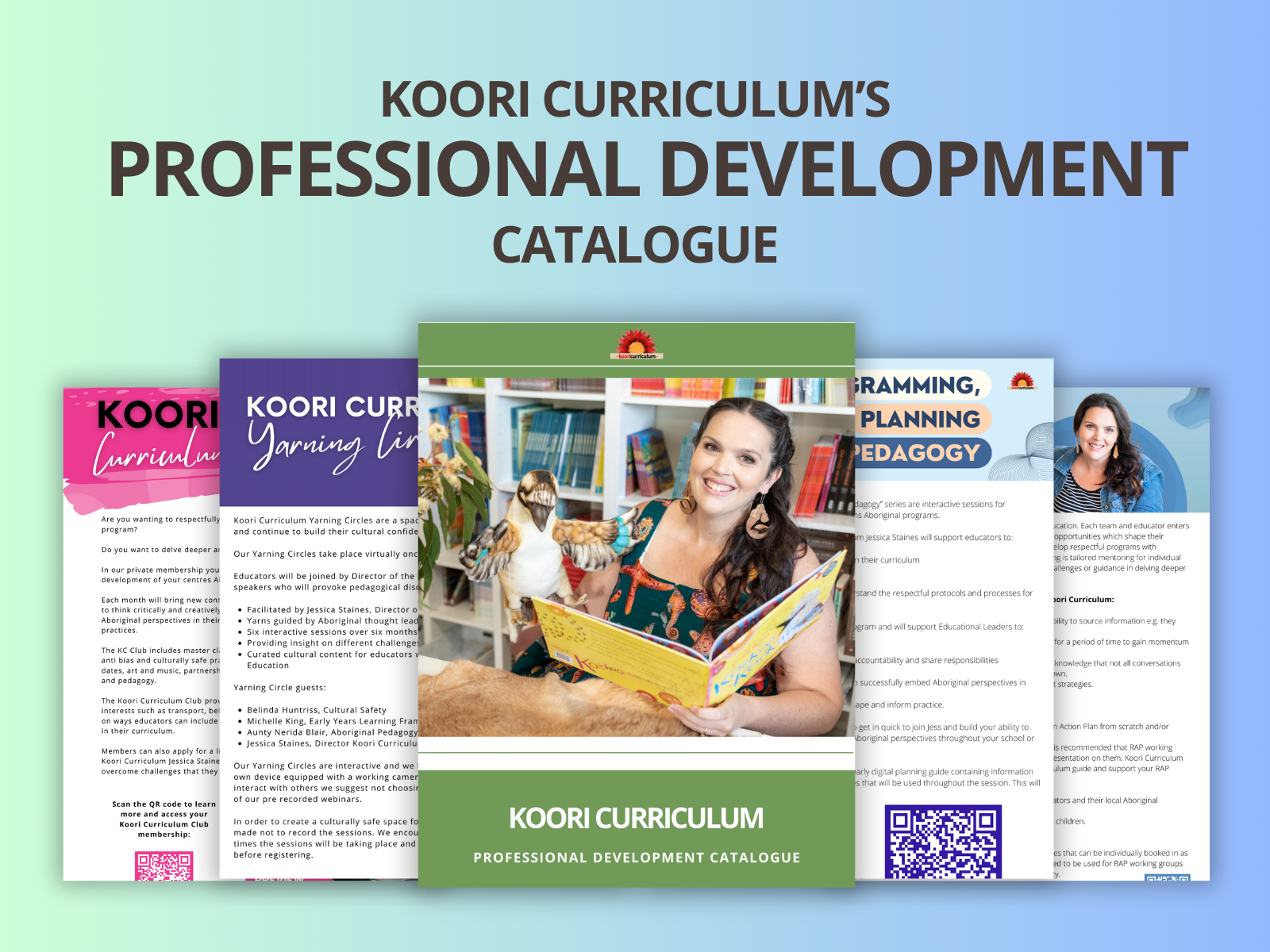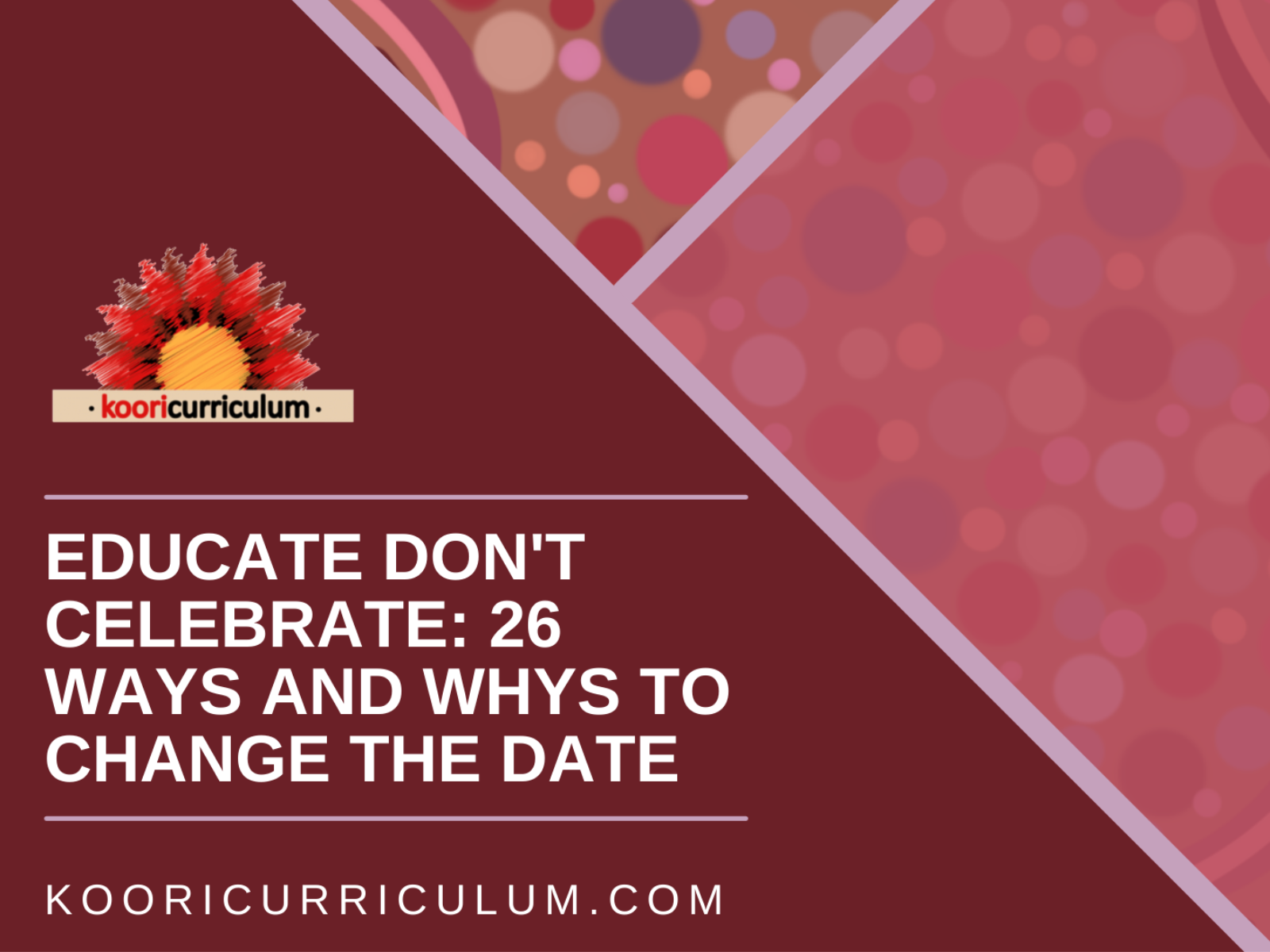
Jess' Top Books
Whether you are just starting your First Nations Library or are wanting to add some new deadly titles this list of Jess’ must haves is for you.
"The First Scientist" By Corey Tutt (Hardcover)
The First Scientistsis the highly anticipated, illustrated science book from Corey Tutt of DeadlyScience. With kids aged 7 to 12 years in mind, this book will nourish readers’ love of science and develop their respect for Indigenous knowledge at the same time.
Have you ever wondered what the stars can tell us? Did you know the seasons can be predicted just by looking at subtle changes in nature? Maybe you have wondered about the origins of glue or if forensic science is possible without a crime scene investigation. Australia's First peoples have the longest continuing culture on Earth and their innovation will amaze you as you leaf through the pages of this book, learning fascinating facts and discovering the answers to life's questions.
In consultation with communities, Corey tells us of many deadly feats – from bush medicine to bush trackers – that are today considered 'science', and introduces us to many amazing scientists, both past and present. The breadth of ‘sciences’ is incredible with six main chapters covering astronomy, engineering, forensic science, chemistry, land management and ecology. The first scientists passed on the lessons of the land, sea and sky to the future scientists of today through stories, song and dance, and many of these lessons are now shared in this book.
Vibrant illustrations by Blak Douglas bring the subjects to life, so you’ll never think about science as just people in lab coats ever again!
"Wiradjuri Country" By Larry Brandy (Flexi Bound Book)
The Wiradjuri are the people of the three bila (rivers) and their nguram-bang (Country) is the second largest in Australia. Come with Uncle Larry Brandy on an enlightening journey through his Countryâs rivers, woodlands, grasslands and rocky outcrops, as well as the murri-yang (sky world).
Along the way, young readers will encounter animals such as bila-durang (platypus), and maliyan (wedge-tailed eagle), plants like the maybal (grass tree) and yirany (yam daisy), and discover stories like that of Tiddalik the giant frog. They will learn how Wiradjuri people lived on their Country, using the flower spikes of the grass tree as spears, soaking its flowers in water to make a sweet drink and weaving its leaves into baskets.
This is a unique book combining language, culture, Indigenous history and storytelling, written by a Wiradjuri author. It features colour photographs of animals, plants and habitats, as well as illustrations by Indigenous artists Kristie Peters and Scott âSauceâ Towney.
"Somebody's Land: WELCOME TO OUR COUNTRY" By Adam Goodes, Ellie Laing & David Hardy (Illustrator)
An accessible picture book for young children that introduces First Nations history and the term 'terra nullius' to a general audience, from Australian of the Year, community leader and anti-racism advocate Adam Goodes and political adviser and former journalist Ellie Laing, with artwork by Barkindji illustrator David Hardy.
For thousands and thousands of years, Aboriginal people lived in the land we call Australia.
The land was where people built their homes, played in the sun, and sat together to tell stories.
When the white people came, they called the land Terra Nullius. They said it was nobody's land. But it was somebody's land.
Somebody's Land is an invitation to connect with First Nations culture, to acknowledge the hurt of the past, and to join together as one community with a precious shared history as old as time.
Adam Goodes and Ellie Laing's powerful words and David Hardy's pictures, full of life, invite children and their families to imagine themselves into Australia's past - to feel the richness of our First Nations' history, to acknowledge that our country was never terra nullius, and to understand what 'welcome to our country' really means
"Day Break" By Amy McQuire
Day Break is the story of a family making their way back to Country on January 26. We see the strength they draw from being together, and from sharing stories as they move through a shifting landscape.
The story refocuses the narratives around ‘Australia Day’ on Indigenous survival and resistance, and in doing so honours the past while looking to the future. Confronting yet truthful, painful yet full of hope, Day Break is a crucial story that will open up a conversation on truth-telling for the next generation.
Freedom Day by Thomas Mayor, Rosie Smiler & Samantha Campbell
In 1966, more than two hundred courageous Aboriginal people walked off the Wave Hill Cattle Station in the Northern Territory. Led by Vincent Lingiari, these stockmen and their families were walking together to fight for equal pay and land rights.
Exquisitely illustrated and designed, this non-fiction picture book brings a landmark historical event to a new generation. Many people have seen the iconic photograph of Gough Whitlam pouring a handful of red soil into the hands of Vincent Lingiari – a symbol of the legal transfer of Gurindji land back to the Gurindji people – and recognise this as a key moment in the ongoing land rights movement.Freedom Daydelves into the events that led up to this moment, and makes a rallying cry for the things that still need to change in its wake. Thomas Mayor co-authors this book with Rosie, Vincent Lingiari’s granddaughter, to bring this vital story to life. The story has been written in close consultation with the Lingiari family.
Say Yes: A Story of Friendship, Fairness and a Vote for Hope by Jennifer Castles
Once there were two little girls who were best friends. They did everything together. As they get older, they weren't allowed to do the same things anymore. Because they looked different. Because of the law.
This is a story about the landmark 1967 Referendum, the two women who came together to change the law... and how the Australia people said YES.
"I love looking through this book, seeing the family faces, remembering the hard work - and the extraordinary response of the Australian People"
Associate Professor Lilin G. Bandler
Heroes Rebels and Innovators by Karen Wyld
Be inspired and amazed by these incredible Aboriginal and Torres Strait Islander icons!
With colourful artwork and evocative writing, this book tells stories every Australian should know.
Powerful and exciting: here are seven inspiring stories about Aboriginal and Torres Strait Islander people from history. Each colourful spread in this illustrated book tells a compelling story.
Bush Tukka Guide: Identify Australian Plants and Animals, and Learn How to Cook by Samantha Martin
In this gorgeous and compact book, Samantha Martin - the 'Bush Tukka Woman' - shares her knowledge and love of bush tukka as taught to her by her mother and other Aboriginal elders. Her Bush Tukka Guide offers rich and wonderful insights into how Aboriginal people survived for centuries unearthing the bounty of this sometimes lush and often desolate land.
The book is divided into three chapters covering plants, animals and some recipes to get you started using bush tukka at home. Learn how to find billygoat plums and mountain bush pepper in the wild; discover the reasons Aboriginal people ate magpie geese and honey ants; and test out the delicious flavours of bush tukka recipes like bunya nut pesto, lemon myrtle slow-cooked kangaroo or caramelised cluster figs with ice-cream.
I want to be a superhero by Breanna Humes
Breanna wrote this story when she was 8 years old and wanted to fly.
Beautifully told and illustrated story of Breanna, who wants to be a superhero. She asks family and friends if she can become a superhero by wishing upon a shooting star. She tries but it doesn't work. Breanna is finally happy with the idea of working ha
Sea Country by Aunty Patsy Cameron & Lisa Kennedy
In this delightful children’s picture book, Aunty Patsy Cameron generously shares the stories and traditions from her family’s seasonal island life in Tasmania. With evocative text and stunning illustrations, Sea Country lets the reader know when to pick ripe wild cherries, when the moon (mutton) birds fly home and how the nautilus shells smell like the deepest oceans.
Aunty Patsy Cameron, who is a descendant of the Pairebeenne Trawlwoolway clan in Tasmania, weaves a cultural homage to life on Flinder’s Island, with stories of collecting shells, fishing in wooden dinghies with long oars, and watching clouds snake their way down Mt Munro. Alongside this tender story, Lisa Kennedy reveals the love and connection to sea and Country through her intricate collages and delicate illustrations that sing country alive.
Luca and the Coastal Wattle by Leanne Murner
This is number 4 in the series of Australian-themed books designed to educate little minds.
Leanne wanted to teach kids about Australian native flora and fauna, what they are and who needs them to survive. Leanne is busy working on another series of books teaching kids about Australian animals and their habitat, threats and how we can help.
Leanne is passionate about the need for children to be educated on Australian wildlife and the prevention of extinction.
Fair Skin Black Fella by Renee Fogorty
This book showcases the diversity of Aboriginal people and their appearance.
The story of Mary, a young girl who lives on a dusty cattle station. When she is shunned by the other girls because of her fair skin, Old Ned, one of the community elders, speaks up for her. With words of wisdom, he teaches the girl that Aboriginal identity transcends skin colour and that family, community, country, and culture is what being Aboriginal is really about.
Benny Bungarra's Big Bush Clean Up by Sally Morgan
Benny Bungarra comes to the rescue when Olive Python's head is stuck in a plastic bottle, Colin Crow's beak is entangled in a fishing line, and Kathy Kangaroo's paw has glass in it!
Benny Bungarra's Big Bush Clean-Up is an environmental tale for Early Childhood and Lower Primary readers showing how animals are affected by rubbish left in their habitat by humans. Ambelin Kwaymullina's illustrations are an explosion of colour and cleverly show the perils faced by our native animals.
When the animals work as a team to come up with ways to look after the bush, they decide to ask the humans to REDUCE, RECYCLE and use RUBBISH BINS. But it is Benny Bungarra who has the bright idea of a BIG BUSH CLEAN-UP so the animals can also help look after the bush.
















